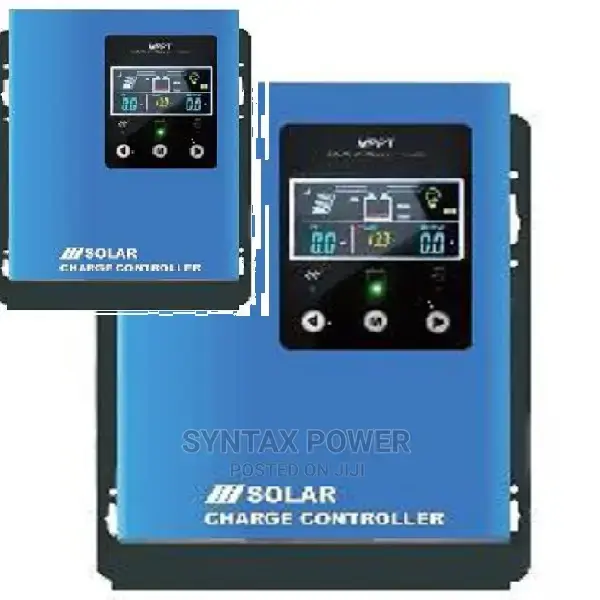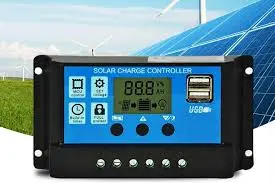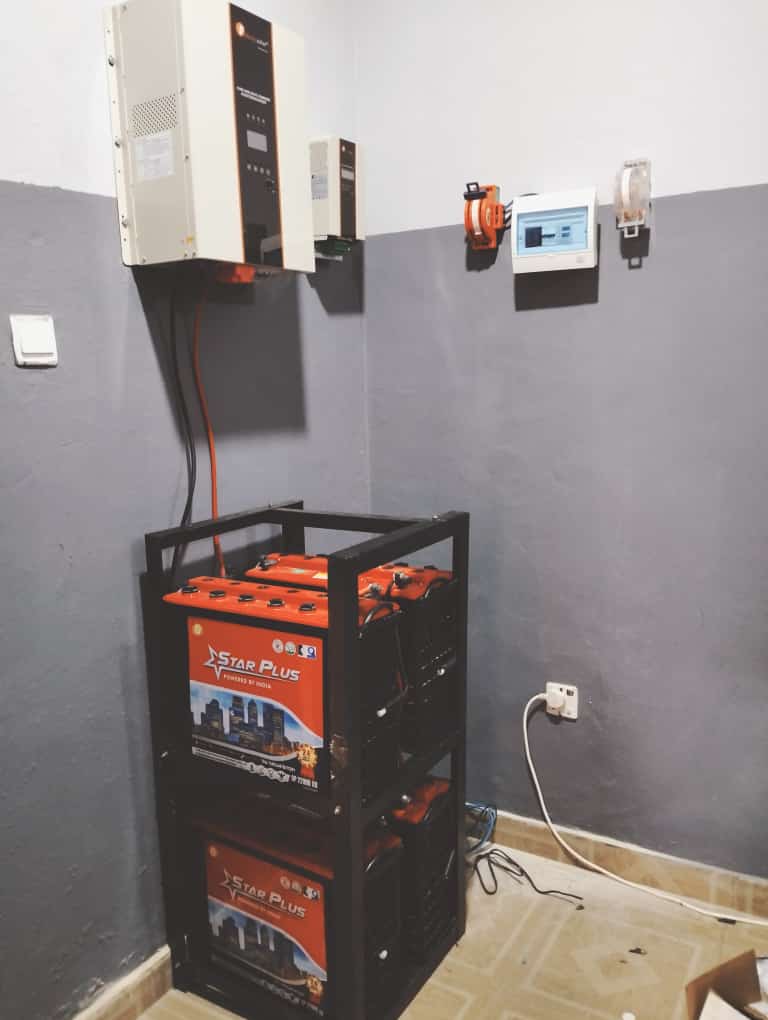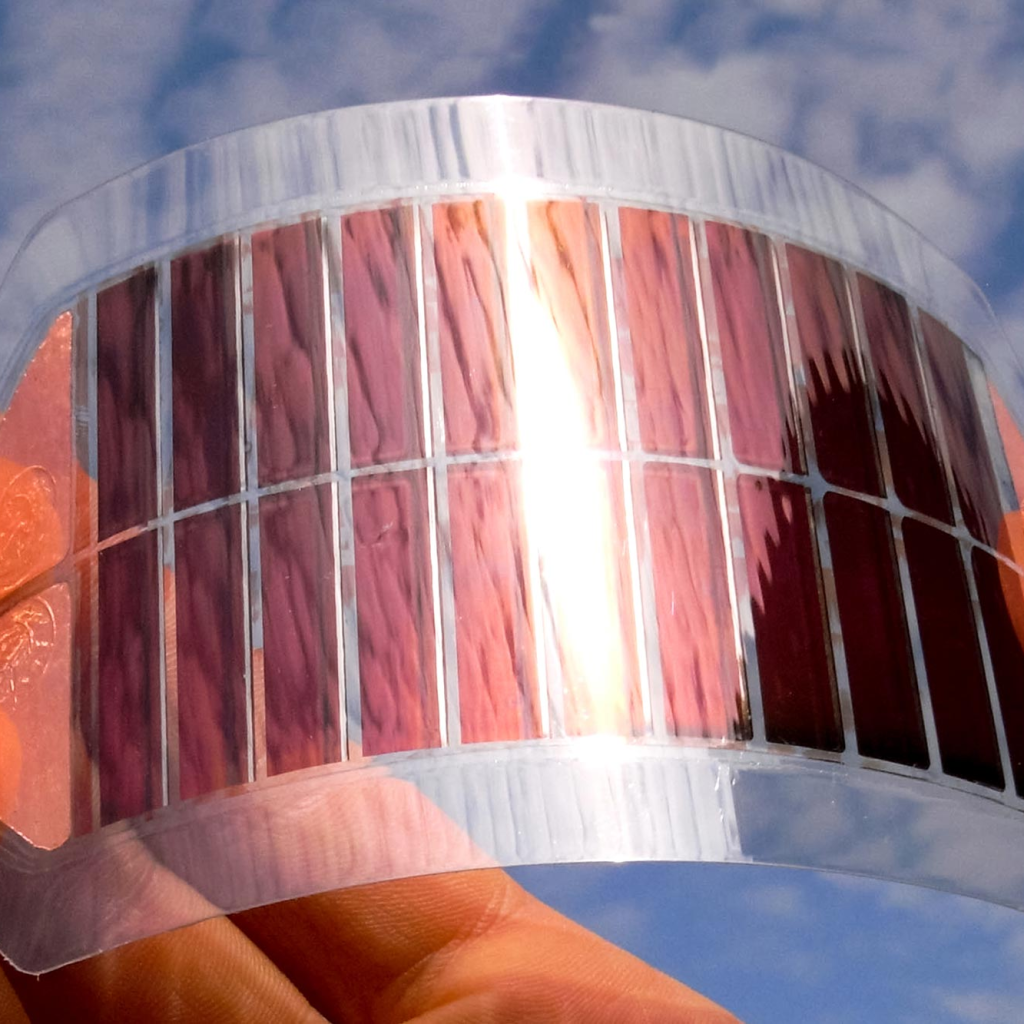Introduction
So, you’re diving into solar power awesome, Whether you’re going off-grid, powering an RV, or just want backup for blackouts, one little device plays a huge role: the solar charge controller.
But here’s the big question: MPPT vs. PWM – which one should you choose? Don’t worry we’re about to unpack that like a solar-powered suitcase. Let’s plug in (pun totally intended) and explore the world of solar charge controllers.
What Is a Solar Charge Controller?

Think of a solar charge controller as a traffic cop for your solar system. It regulates the voltage and current from your panels to your battery. Without it? You risk overcharging, damaging, or even frying your batteries.
Why Do You Even Need One?
Let’s say your solar panel outputs 18 volts, but your battery only needs 12. A charge controller steps in and says, “Whoa, slow down!” It protects your battery from getting too much juice and extends its life.
MPPT and PWM: The Two Big Players
So now we hit the crossroads: MPPT (Maximum Power Point Tracking) and PWM (Pulse Width Modulation). Both do the same basic job, but how they do it and how well is a whole other story.
What Is PWM?

PWM is the old-school veteran of charge controllers. It works by pulling the panel voltage down to match the battery voltage. Think of it like pouring soda into a small cup you just let the fizz overflow instead of adjusting the pour.
How PWM Works
- Simple and cheap
- Reduces panel voltage to battery voltage
- Wastes some potential power
- Best for small, budget-friendly systems
What Is MPPT?

MPPT is the smart new kid. It scans your panel’s output and finds the maximum power point, then converts the excess voltage into extra current. It’s like squeezing every last drop out of an orange.
How MPPT Works
- More efficient (up to 30% more energy)
- Converts extra voltage into usable current
- Ideal for large or cold-weather systems
- More expensive but worth it
The Power of Gratitude: How Focusing on the Positive Can Transform Your Spiritual Journey
MPPT vs. PWM: Quick Comparison
| Feature | MPPT | PWM |
|---|---|---|
| Efficiency | 95-99% | 70-80% |
| Price | Higher | Lower |
| Size of System | Best for large systems | Small-scale systems |
| Panel Voltage | Can handle higher voltages | Limited by battery voltage |
| Weather | Performs better in cold | Not optimized for cold |
Budget: Is MPPT Worth the Extra Cash?
Short answer? Usually, yes. If you’re running more than a panel or two, MPPT quickly pays for itself with higher efficiency. But for a small setup (like a camper with one 100W panel), PWM might be enough.
MPPT Shines in Cold Weather
Here’s a cool fact literally. Solar panels work better in colder temps. And MPPT can take advantage of that, squeezing out more power on chilly mornings than PWM ever could.
Battery Type Matters Too
MPPT is more flexible with different battery types like lithium-ion, which is becoming more popular in modern solar systems. PWM? It’s not quite as friendly with newer tech.
Off-Grid or On-the-Go?
If you’re running an RV, boat, or tiny off-grid cabin, here’s the rule of thumb:
- Small setup? Go PWM.
- Medium to large setup? MPPT is your best friend.
Installation and Maintenance
PWM is plug-and-play. MPPT can be a bit more complex, but nothing too scary. Most modern units come with digital displays and apps, making setup easier than ever.
Smart Features
Modern MPPT controllers often come with:
- Bluetooth connectivity
- Mobile monitoring
- Adjustable charging profiles
PWM units? Not so much. They’re like your grandpa’s old truck reliable, but not fancy.
Navigating Life’s Challenges: How to Trust in the Universe’s Plan and Find Faith in Uncertain Times
Solar Panel Compatibility
Got high-voltage panels or series-connected setups? MPPT is the only way to go. PWM just can’t handle it, it’s like trying to fill a swimming pool with a straw.
Which One Should You Choose?
Here’s the deal:
- If you’re on a tight budget and running a simple system, PWM will work.
- If you want better performance, more flexibility, and long-term savings, MPPT is the winner.
Conclusion: The Final Word on MPPT vs. PWM
Choosing between MPPT and PWM isn’t rocket science it’s all about what you need. Think about your setup, your budget, and your long-term goals.
Want the best bang for your solar buck? Go MPPT.
Just want something simple and cheap? PWM’s got your back.
Either way, you’re one step closer to a brighter, cleaner energy future.
FAQs About Solar Charge Controllers
1. Can I upgrade from PWM to MPPT later?
Yes, absolutely! You can swap out your charge controller as your system grows or your budget allows.
2. Can I use MPPT with any battery?
Most MPPT controllers support a variety of batteries, including lithium, AGM, and gel. Just check the specs.
3. Do I need a charge controller for every solar panel?
Nope. One controller can handle multiple panels, as long as it’s within its voltage and current limits.
4. Is MPPT always better than PWM?
Technically yes, but “better” depends on your setup and needs. For small systems, PWM might be more practical.
5. Can I use MPPT indoors or in low sunlight?
Yes! MPPT performs better in low light compared to PWM, making it great for less-than-ideal solar conditions.


